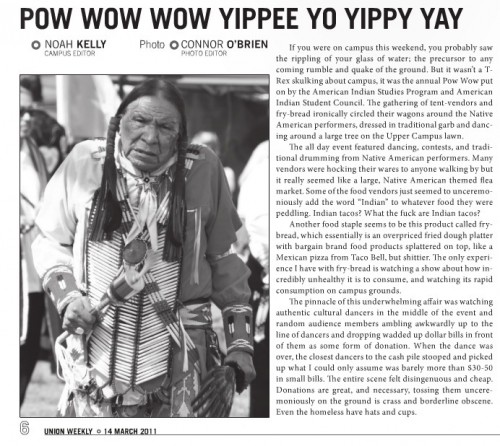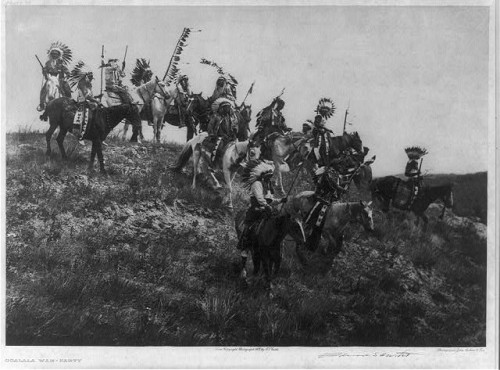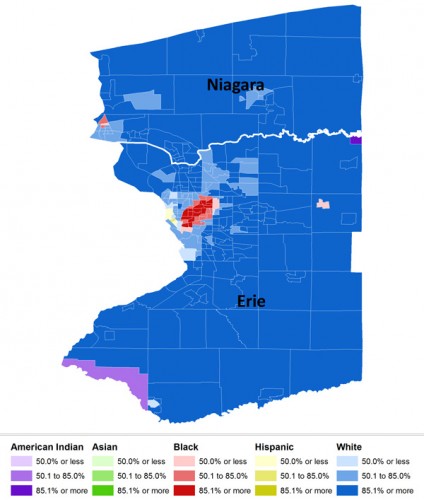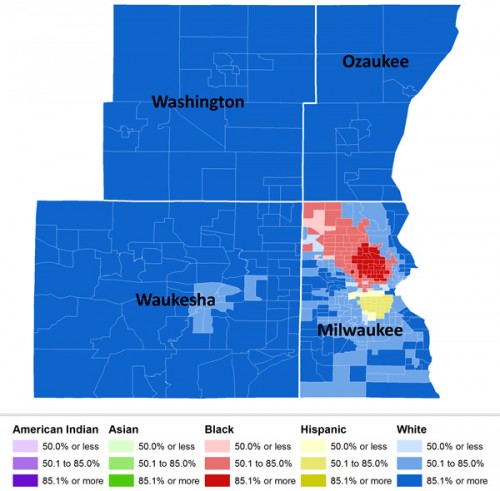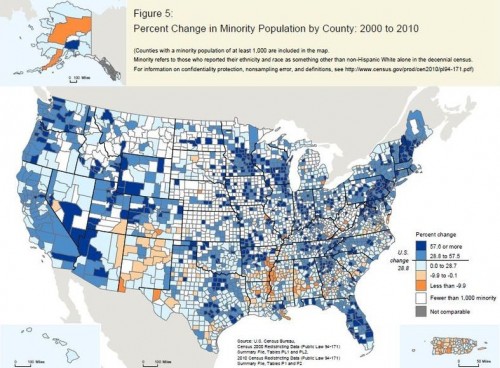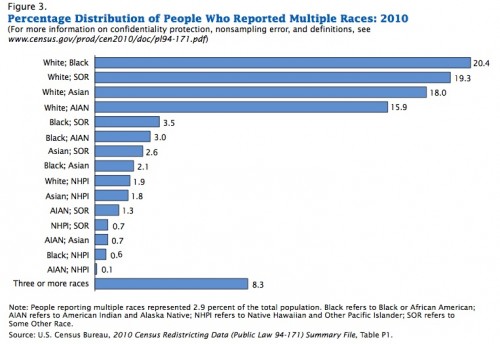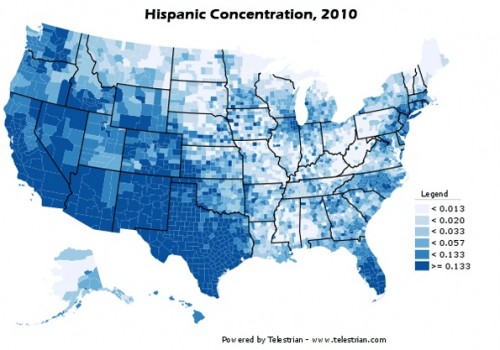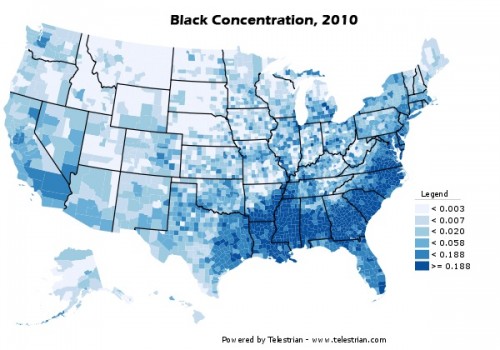When Alexandra Wallace’s video – the epiphanus interruptus* complaint about Asians at UCLA using their cell phones in the library – went viral, most of the reactions were accusations of racism. I’m not sure where the line between racism and ethnocentrism lies, but I was struck more by the underlying ethnocentric assumptions about family, assumptions that are widely shared here and by people who would never be accused of racism.
We Americans all agree that we value family. When I begin the unit on culture, I ask students to jot down three American values. The one that appears most frequently is family. If I asked students what things they themselves value, I’m sure many of them would say family. So, I suspect, would Ms. Wallace.
But here’s how she begins her rant, after a brief disclaimer:
It used to really bug me but it doesn’t bother me anymore the fact that all the Asian people that live in all the apartments around me – their moms and their brothers and their sisters and their grandmas and their grandpas and their cousins and everybody that they know that they’ve brought along from Asia with them – comes here on the weekends to do their laundry, buy their groceries, and cook their food for the week. It’s seriously, without fail. You will always see old Asian people running around this apartment complex every weekend. That’s what they do.
These Asian families, in Ms. Wallace’s view, include too many peripheral members (grandparents, cousins). And family members spend too much time together and do entirely too much for one another.
The trouble apparently is that Asians really do value family.
The too-much-family motif runs through her objections about cell phones as well. She obviously doesn’t know what the callers are saying or who they’re talking to, but she suspects that it’s family back in Asia:
I swear they’re going through their whole families, just checking on everybody from the tsunami thing.**
Many international students in the US have noted this same contradiction between Americans’ proclaimed value on family in the abstract and what to the international students seems like a fairly thin and compartmentalized connection to family in the real world. As Rebekah Nathan says in My Freshman Year,
Americans, they felt, sharply distinguished their family from their friends and schoolmates; more than one international student remarked about the dearth of family photos on student doors,*** as if family didn’t exist at school. . . .Peter [a student from Germany] told me . . . “No one here says, “come on and meet my family.”
Do, do Americans value family? Yes, but. . . . The ‘but’ is a competing value that pervades American culture, including the family – Independence.**** As Ms. Wallace says in the conclusion to her complaint about Asian families, “They don’t teach their kids to fend for themselves.”
————————————-
* “I’ll be in like deep into my studying . . . getting it all down, like typing away furiously, blah blah, blah, and then all of a sudden when I’m about to like reach an epiphany… Over here from somewhere, ‘Ooooh Ching Chong Ling Long Ting Tong, Ooohhhhh.’”
** Adding “thing” to “the tsunami” makes Wallace seem especially callous. Linguists must have looked into this, but for some reason, “thing” here implies, “I don’t know or care much about this because it’s not very important.” I vividly recall a scene in the 1993 film “Searching for Bobby Fischer,” where Joe Mantegna, as the competitive chess father, is at a parent-teacher conference. The teacher is concerned that Mantegna’s chess-prodigy son (age 8 or so) is falling behind academically and socially. She adds, “I’m sure he’s very good at this chess thing, but that isn’t really the issue.” Mantegna loses it. “My son has a gift. He has a gift, and once you acknowledge that, then maybe we’ll have something to talk about. Chess is what it’s called. Not the ‘chess thing.'”
*** If you watch the Wallace video, look at the board of photos behind her and try to find parents.
**** See my earlier post on the family-vs-independence conflict as it appears on American television, especially in sitcoms that have pretensions of seriousness.



